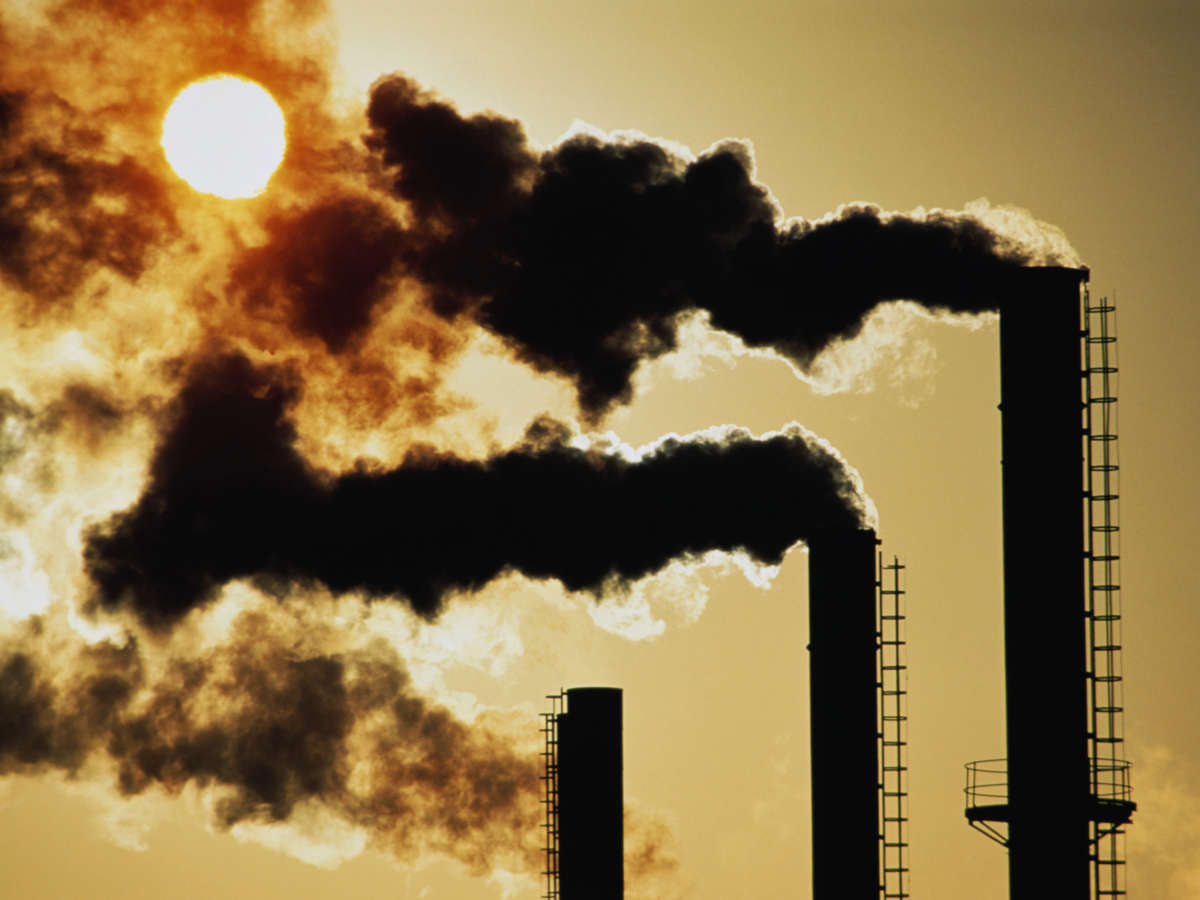A new study has concluded that tens of thousands of premature deaths in the U.S. could be avoided if air pollution was reduced or completely eliminated.
The study, published by researchers from the University of Wisconsin (UW) in the journal GeoHealth on Monday, notes that, by eliminating air pollution resulting from energy-related activities in the U.S., more than 53,000 premature deaths could be avoided on an annual basis. The prevention of those deaths would also save $608 million in benefits relating to illnesses and deaths caused by air pollution.
The UW researchers reached this conclusion by analyzing data from the Environmental Protection Agency (EPA) and by using health models to gauge the benefits of eliminating air-polluting particulates, including sulfur dioxide and nitrogen oxides.
“These [particles] get deep into the lungs and cause both respiratory and cardiac ailments,” said Jonathan Patz, a UW professor and one of the study’s authors. “They are pretty much the worst pollutant when it comes to mortality and hospitalization.”
While states could still potentially save lives if they acted alone, there would be greater benefits with higher levels of cooperation, due to how these types of particulates transport themselves over state lines, noted the study’s lead author, graduate student Nicholas Mailloux.
“If Wisconsin were to act alone, they get a certain amount of benefit,” Mailloux said. “But, if they act in concert with partners in the region or as part of a nationwide effort, you get more benefit.”
Researchers found that reducing the amount of air-based pollutants would have a profound impact on public health in the immediate term — and that it would also have long-term positive effects when it comes to transitioning away from unsustainable energy sources and addressing the climate crisis as a whole.
Many other research studies have come to similar conclusions. A study from last year, for example, found that 74 million lives could be saved by the end of this century if energy-based air pollution was eliminated by the year 2050.
A reduction in pollutants would also likely benefit groups of people who are more susceptible than others to these types of pollutants, an EPA report stated.
“These groups include children, pregnant women, older adults, and individuals with pre-existing heart and lung disease,” the EPA said, as well as people “in low socioeconomic neighborhoods and communities [that] may be more vulnerable to air pollution.”


